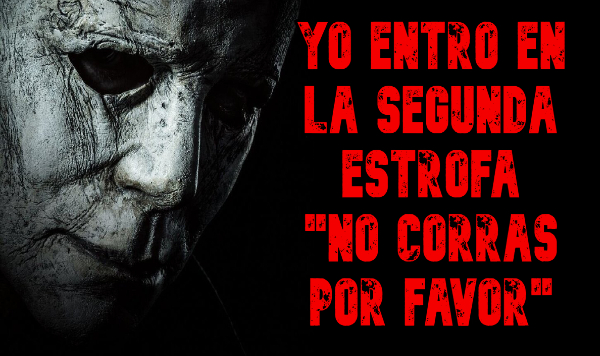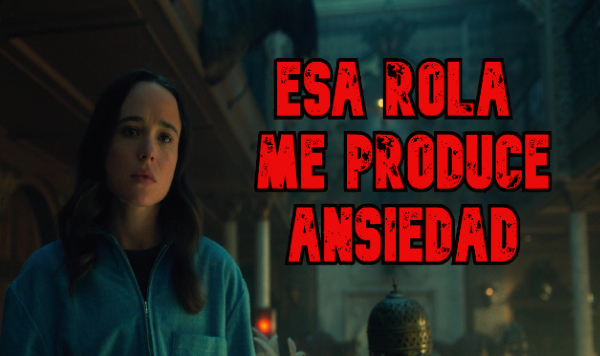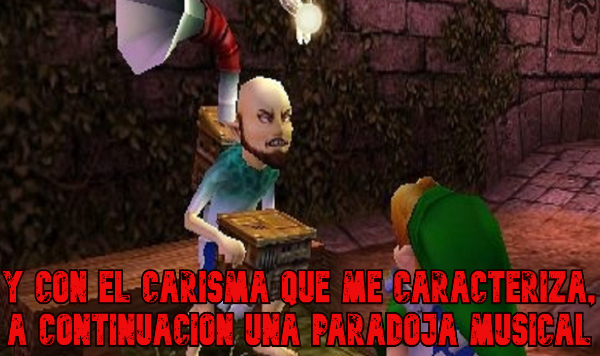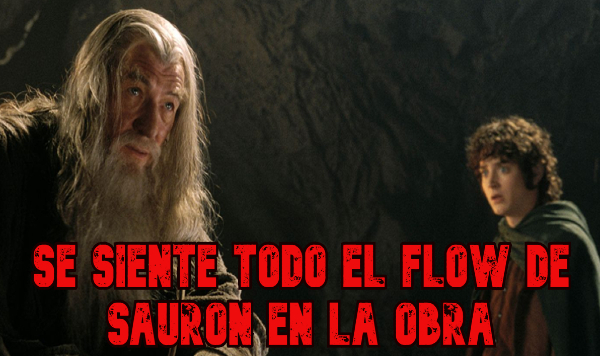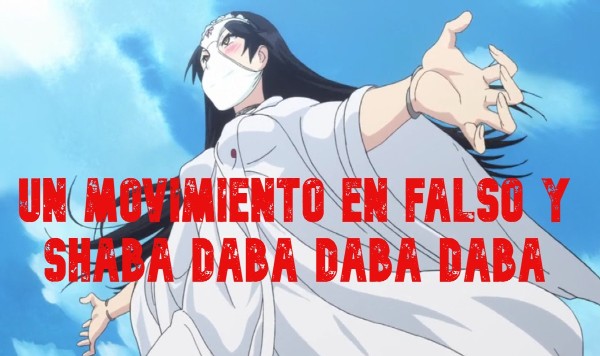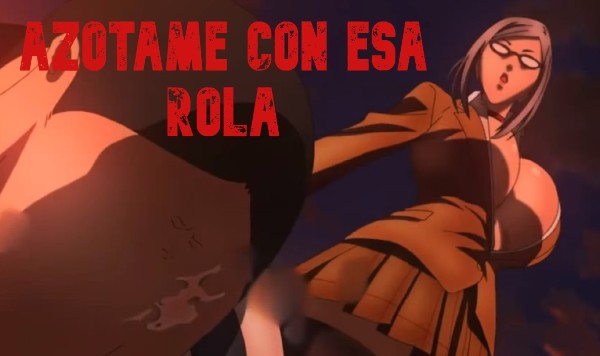
Super Mario bros 3 is the last game in the franchise that came out for the NES (Nintendo Entertainment System) console, being one of the most influential games of its time, its phases, its platforms and its enemies are an inseparable part of the greats of the video game. Part of this success is the great soundtrack composed by Kōji Kondō to effectively reflect the essence of each level of the game.
To reflect this dark and gloomy world, with lava pits, skeletons of the Koopa troops (Dry Bones) and many secret passages, he designs a work that has 2 sections that complement each other.
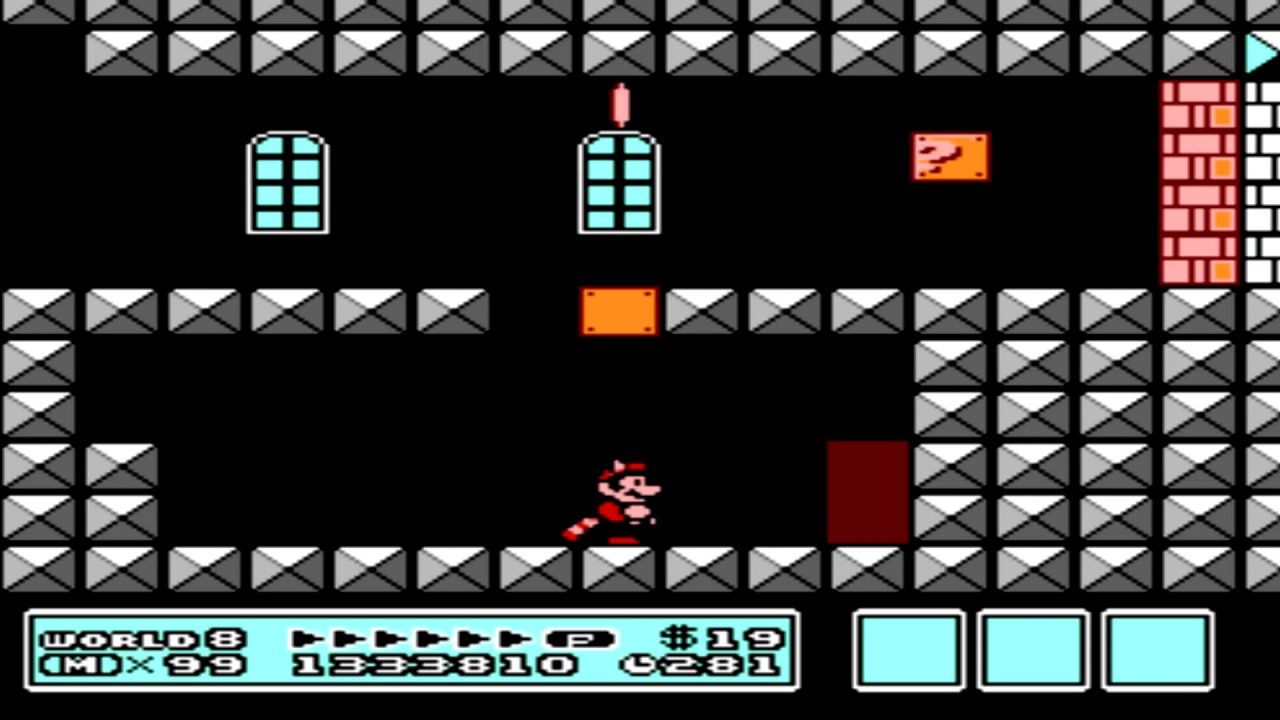
The first is a melodic phrasing that could be summarized as an ascending major seventh jump (F - E), a chromatic descent (Eb - D - Db - C - Cb) and a descending 6 minor jump (Cb - Eb) that is repeat x 2 times.
However, when building a sus4 chord from each note (which in themselves are constructions that generate uncertainty) regardless of some type of tonal orientation, we are left with a section that leaves us without a support point, we can already determine which chord is the objective of this sequence. Creating an atmosphere of suspense and tension:
Fsus4 Esus4 - Ebsus4 | Esus4 | Dsus4 Dbsus4 Csus4 Bsus4 Ebsus4 | N.C. | x2
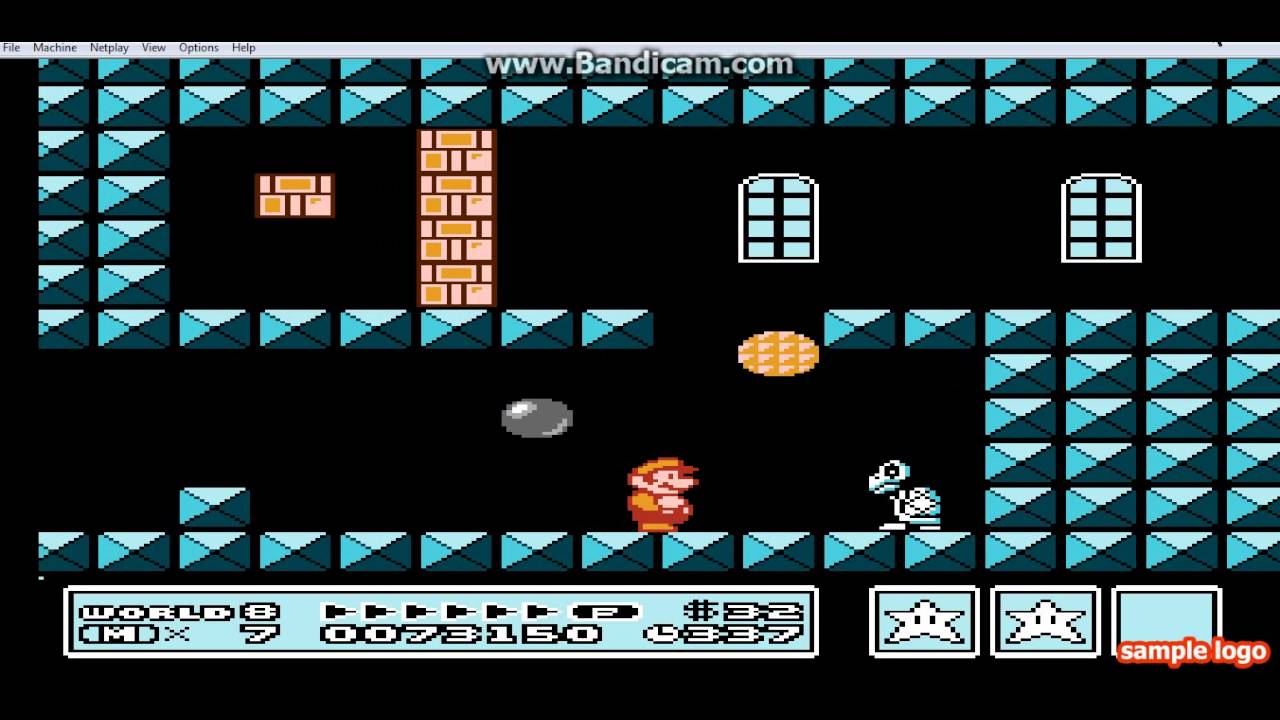
The second section is posed as a counterpoint of 4 species (round against white syncopation) for 2 voices, and I say raised since rhythmically it gives us that feeling, moreover, melodically it breaks practically all the contrapuntal rules for that species, which is fine. , since what Kōji Kondō seeks is to create a dark and disturbing environment. Let’s look at this sequence:
Voice 1: D - G - C - Bb - E - Ab - Voice 2: - Ab - B - B - Db - F - A
If we compare interval by interval we will see many sounds considered by the counterpoint as “dissonant”, which intervals “consonant”, above those dissonant intervals do not resolve (as dictated by the rules of this musical form). We could also group 2 by 2 to try to get an idea of which chord they could be outlining and we would have the following:
D ° | G | Cmaj7 | Bbm | E add (b9) | Ab add (b9) |
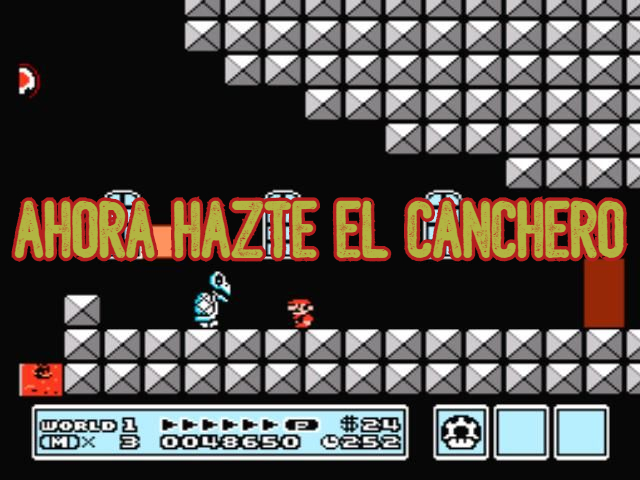
You could also see the last 2 chords as “Fmaj7 | Amaj7”, just as the antepenultimate and penultimate measure could be analyzed with 1 only chords having “Bbm7 (# 11)", in short, several possibilities, showing us the power of this form. musical that invites us to receive the relationships of one note against another.
Successes
Social Media Author: Pablo Bobadilla Rider


